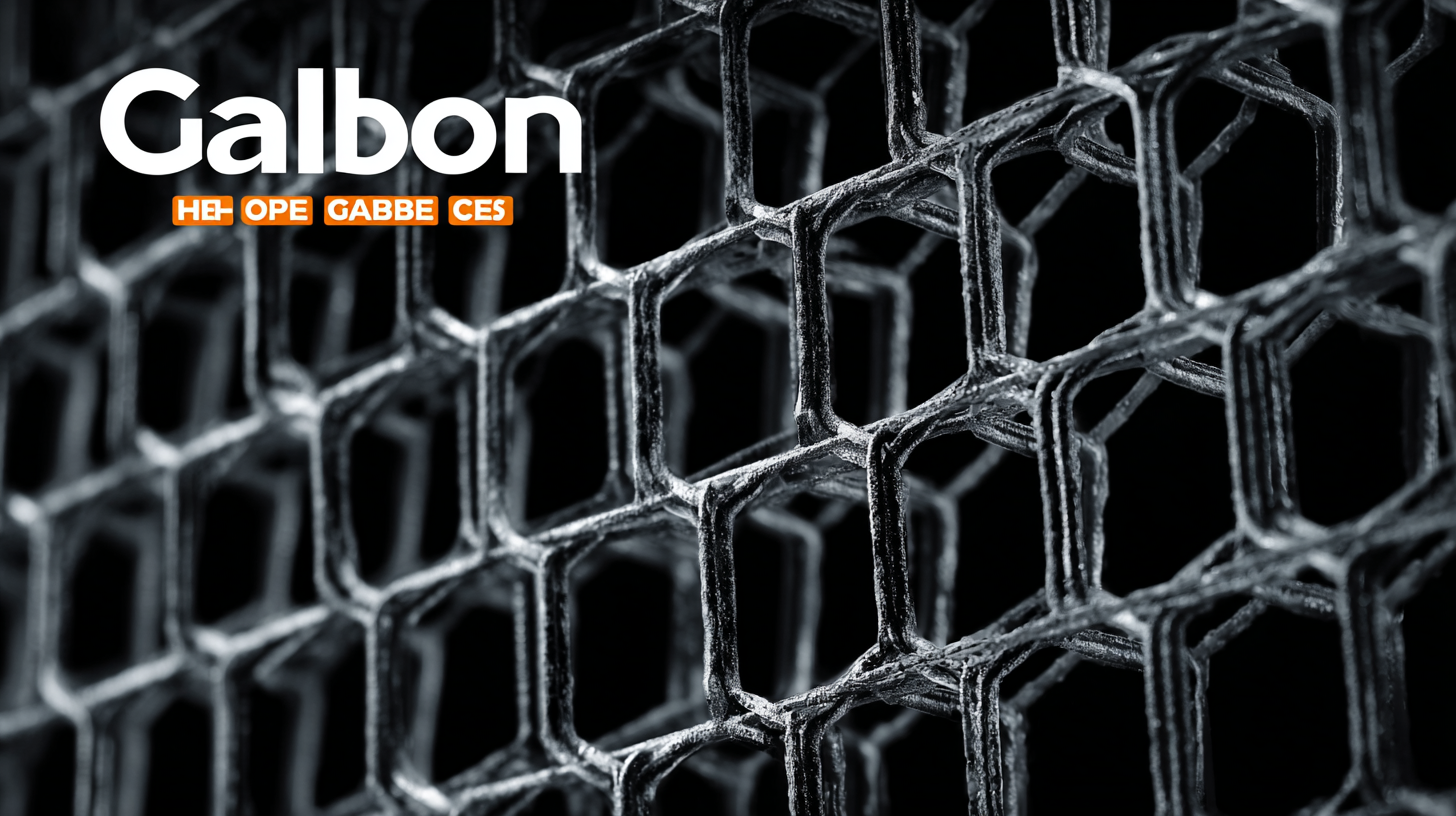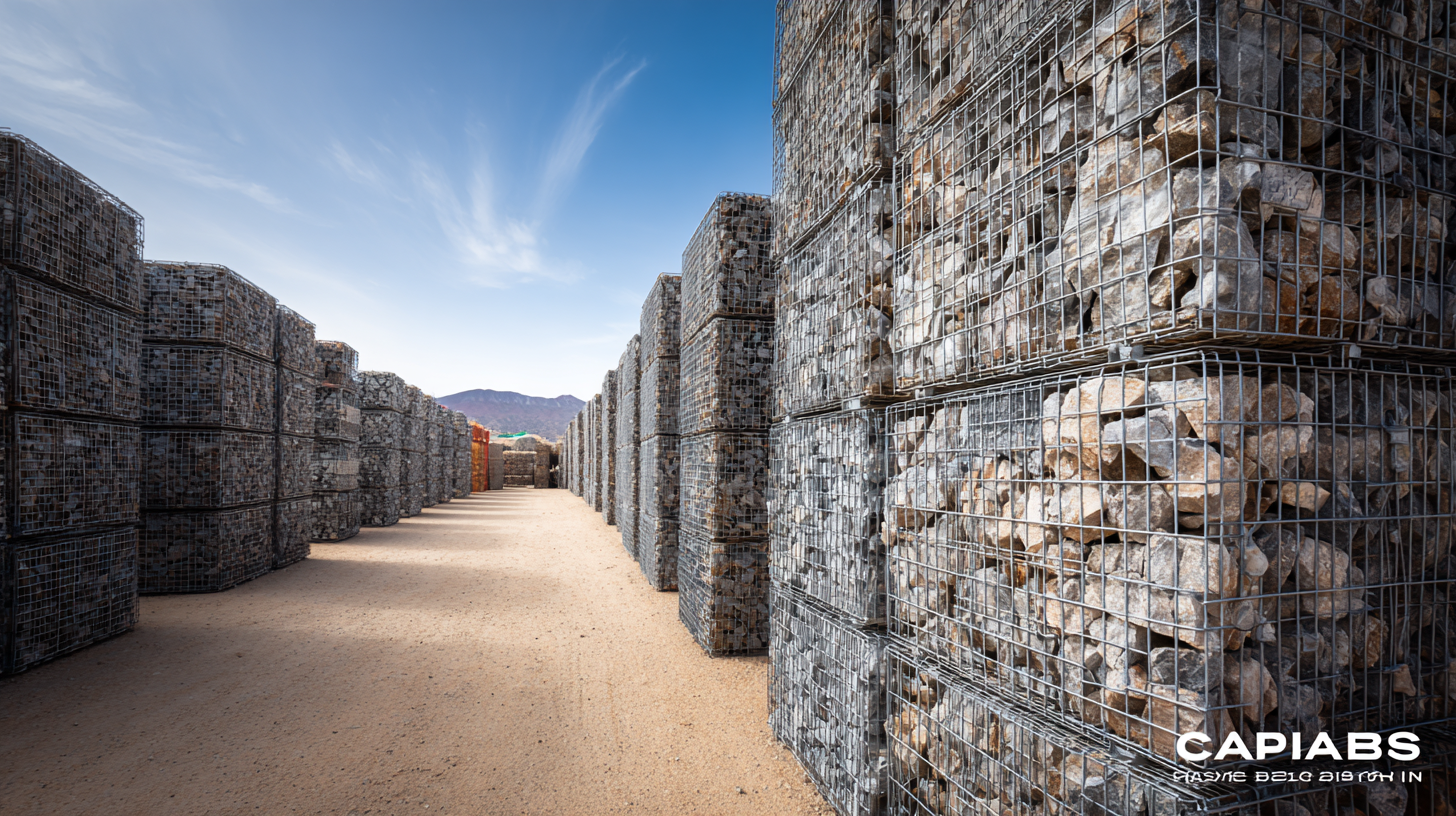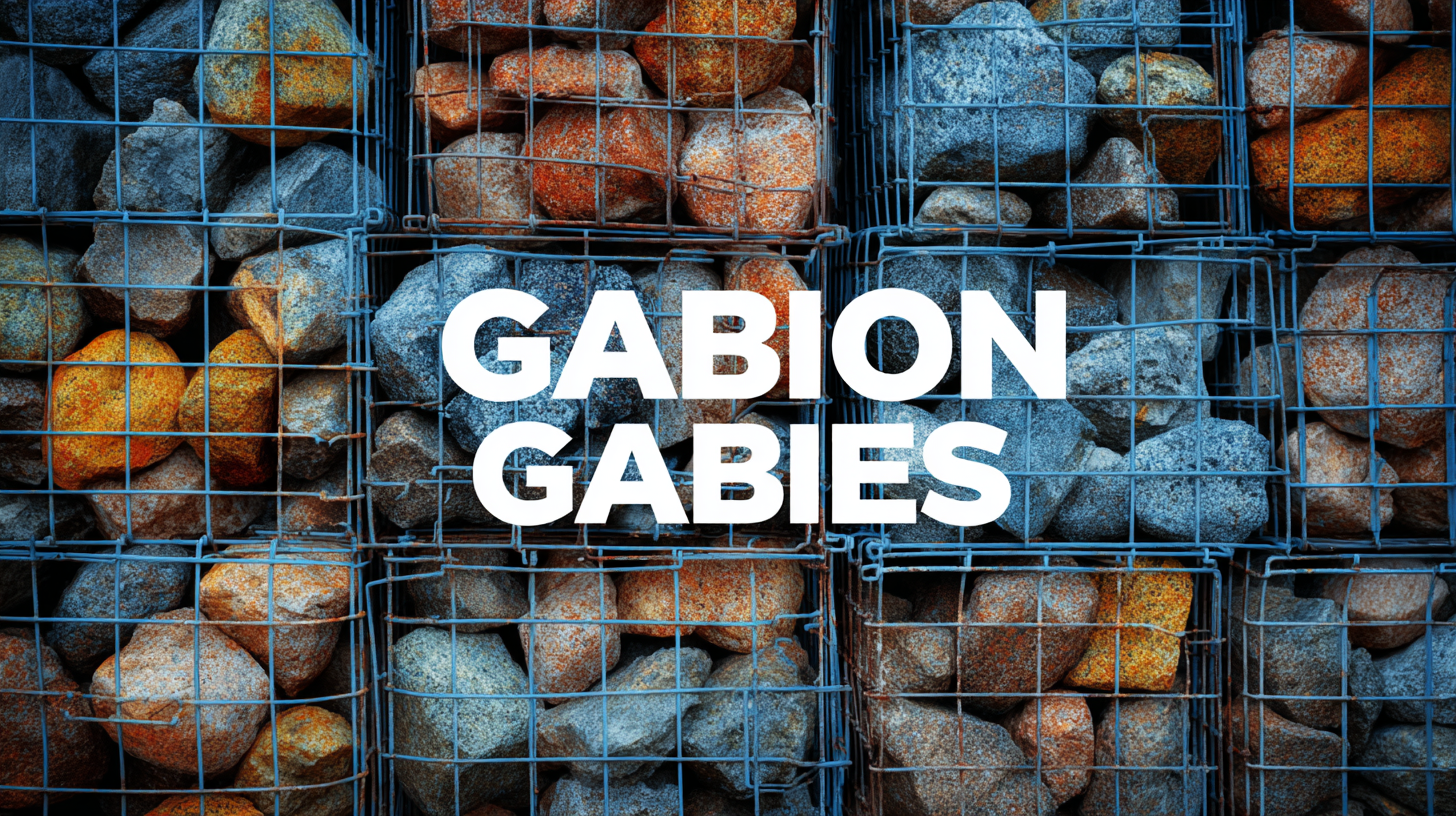Leave Your Message
-
Telephone
-
WeChat/ WhatsApp
-
Email
When it comes to enhancing landscape architecture, promoting erosion control, or creating sustainable structures, selecting the right materials is essential. One popular choice among engineers and designers are Hexagonal Gabion Cages, known for their versatility and durability. These wire mesh containers, filled with rocks or other materials, offer not only aesthetic appeal but also significant strength, making them ideal for various applications, from garden walls to riverbank reinforcements. This ultimate guide will delve into the detailed technical specifications of Hexagonal Gabion Cages, helping you understand their construction, dimensions, and load-bearing capabilities. By exploring these critical parameters, you will be better equipped to choose the perfect gabion solution for your project, ensuring durability, functionality, and visual harmony in your designs.

Hexagonal gabion cages play a crucial role in modern construction, particularly in stabilizing slopes and creating effective retaining walls. These cages, constructed from durable steel wire mesh and filled with appropriately sized stones, provide a robust solution for managing earth pressures and preventing erosion. Their design allows for flexibility in application, making them ideal for various projects, from landscaping to large-scale civil engineering. The ease of assembly and natural aesthetics they offer further enhance their appeal among builders and architects alike.
In recent studies, gabion-box walls have been recognized for their exceptional seismic behavior, demonstrating resilience during earthquakes when properly constructed. This reinforces their reputation as both an economical and efficient choice for structures requiring stability under challenging conditions. Additionally, ongoing research into eco-friendly wire mesh configurations aims to improve the sustainability of these structures, showcasing the evolving landscape of construction materials. By selecting the appropriate type and size of hexagonal gabion cages for specific projects, construction professionals can optimize both performance and environmental impact.
When selecting hexagonal gabion cages for your project, understanding key industry standards is essential to ensure quality and durability. One primary standard to consider is the material specifications. High-quality hexagonal gabion cages are typically made from heavy-galvanized steel wire or PVC-coated wire, which offers excellent resistance against corrosion.
 The wire mesh should meet specific tensile strength requirements, generally outlined by industry body standards such as ASTM A974 or EN 10223-3. Adhering to these standards ensures the gabions can withstand environmental stressors, making them suitable for a range of applications from erosion control to decorative landscaping.
The wire mesh should meet specific tensile strength requirements, generally outlined by industry body standards such as ASTM A974 or EN 10223-3. Adhering to these standards ensures the gabions can withstand environmental stressors, making them suitable for a range of applications from erosion control to decorative landscaping.
Another important aspect is the mesh size and wire diameter, which contributes to the structural integrity of the cages. Most industry guidelines recommend a minimum wire diameter of 2.7 mm for robust gabion constructions, ensuring that the cages can effectively contain stones and withstand external pressures. Furthermore, proper mesh size, typically in the range of 6x8 cm, should be maintained to prevent soil and smaller materials from slipping through, thereby ensuring stability and longevity. Familiarity with these industry standards not only helps in selecting high-quality hexagonal gabion cages but also enhances the overall success of your project.
When selecting hexagonal gabion cages for your project, several crucial factors should be considered to ensure optimal performance and longevity. Firstly, the material quality plays a significant role; it is essential to choose cages made from high-tensile steel or galvanized wire, as these materials provide enhanced resistance to corrosion and environmental damage. According to industry reports, the lifespan of properly maintained gabion cages can extend beyond 20 years, making initial material selection critical for long-term success.
Additionally, the size and shape of the gabion cages should align with the specific requirements of the project. For example, larger cages might be required for significant structural applications, while smaller ones could suffice for landscaping purposes. A recent market analysis indicated that projects utilizing properly sized gabions see a 30% increase in structural integrity and stability. Furthermore, understanding the local terrain and climate can influence the choice of design, ensuring that the cages withstand environmental pressures effectively. By considering these factors, one can optimize the use of hexagonal gabion cages in various construction and landscaping projects.
When choosing between steel and PVC coated gabion cages for your project, understanding the differences in material performance is crucial. Steel gabion cages offer exceptional strength and durability, making them ideal for heavy-duty applications such as erosion control and retaining walls. However, they are more susceptible to rust and corrosion if not properly maintained. On the other hand, PVC coated gabion cages provide an added layer of protection against the elements, ensuring longevity and aesthetic appeal. They are often preferred in decorative projects or areas where environmental factors may lead to moisture and corrosion.
**Tip:** When selecting steel gabion cages, ensure they have a protective coating or consider applying a protective finish post-installation to enhance their lifespan. For PVC coated options, check the thickness of the coating—thicker layers typically provide better resistance to wear and tear.
Another consideration is cost; steel cages are generally more affordable upfront compared to their PVC coated counterparts. However, factoring in maintenance costs and longevity might tilt your decision in favor of the latter. Assess the long-term needs of your project, as this can significantly influence your material choice.
**Tip:** Always request samples or product specifications from suppliers to better compare the qualities of both material options before making your final decision.

When installing hexagonal gabion cages, following best practices is essential for ensuring durability and functionality. First, selecting the right site is crucial. The location should have stable soil and good drainage to prevent erosion. Before installation, it's advisable to conduct a thorough site assessment to identify any potential issues such as underground utilities or excessive moisture. Establishing a solid foundation, often by excavating a level area, will provide the necessary support for the gabion structures.
Next, securing the cages properly is key to their longevity. Begin by assembling the hexagonal cages according to the manufacturer's specifications, ensuring that all connections are tight and secure. Filling the cages with the appropriate materials, such as rocks or stones, should be done carefully to avoid gaps that might compromise the structure. It's also important to consider the overall design and alignment of the cages to achieve the desired aesthetic and functional results. Installing them in a staggered pattern often enhances stability and visual appeal, making the project not only robust but also attractive.
| Dimension | Material | Wire Gauge | Size (mm) | Load Capacity (kg) | Installation Considerations |
|---|---|---|---|---|---|
| Small | Galvanized Steel | 3.0 | 600 x 400 x 300 | 500 | Suitable for low-load applications |
| Medium | PVC Coated Steel | 4.0 | 800 x 600 x 400 | 1000 | Ideal for medium-load projects |
| Large | Galvanized Steel | 5.0 | 1000 x 800 x 600 | 1500 | Recommended for heavy-load situations |
| Extra Large | Zinc-Aluminum Alloy | 6.0 | 1200 x 1000 x 800 | 2500 | For large-scale erosion control |


